Postoperative pain relief after major pancreatic resection: systematic review and meta-analysis of analgesic modalities
ABSTRACT NUMBER: NESTAC MEDAL FOR MEDICAL STUDENTS_1
AUTHORS
Nasreen Akter
MAIN ABSTRACT TEXT
Introduction
Postoperative pain after major pancreatic resections is frequent. Optimising pain control is a fundamental aspect of Enhanced Recovery After Surgery programmes, which have shown to enhance recovery and reduce morbidity. This systematic review and meta-analysis explored the efficacy of different pain relief modalities used in managing postoperative pain following pancreatic resection and impact on perioperative outcomes.
Methods
MEDLINE, Embase and Pubmed were searched using PRISMA framework. Primary outcomes included pain at rest on postoperative day 2 (POD2) and 4 (POD4). Secondary outcomes included operation time, bile leak, delayed gastric emptying, postoperative pancreatic fistula, postoperative morbidity, length of stay and opioid use.
Results
Five RCTs and nine retrospective cohort studies (1704 patients) were included in the systematic review. Epidural analgesia (EDA) (n=712), patient controlled analgesia (PCA) (n=330) and transabdominal wound catheters (TAWC) (n=220) were the most frequently used analgesic modalities. EDA versus PCA were compared in six studies (849 patients) in the quantitative meta-analysis. Pain scores were significantly lower with EDA compared to PCA on POD2 (SMD -0.32, 95%CI -0.63 to -0.01, p=0.04) but comparable on POD4 (SMD 0.07, 95%CI 0.26 to 0.40, p=0.59). Perioperative outcomes were comparable between EDA and PCA. Pain scores and perioperative outcomes were comparable between EDA and TAWC.
Conclusion
EDA, PCA and TAWC are the most frequently used analgesic modalities in pancreatic surgery. Although EDA may improve short-term pain relief, perioperative outcomes are comparable between EDA, PCA and TAWC. Larger RCTs are warranted to explore the relative merits of each analgesic modality on postoperative outcomes.
